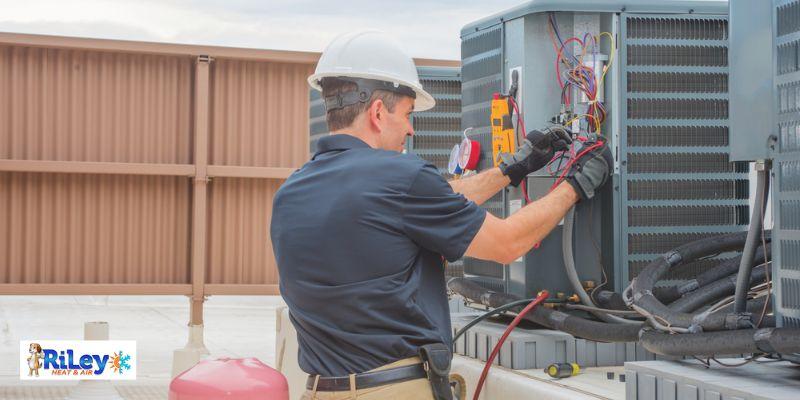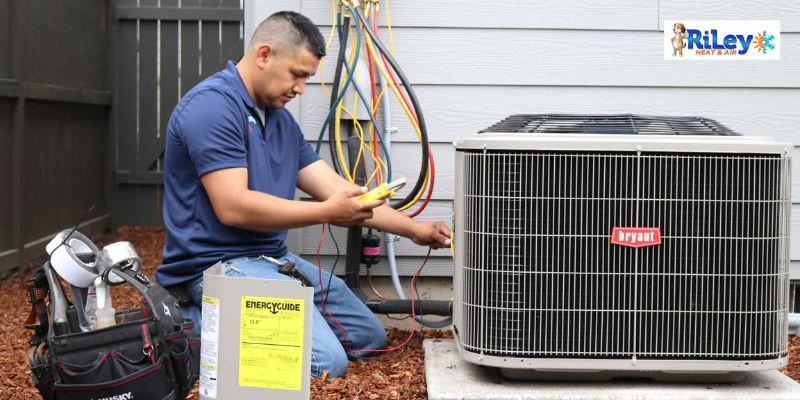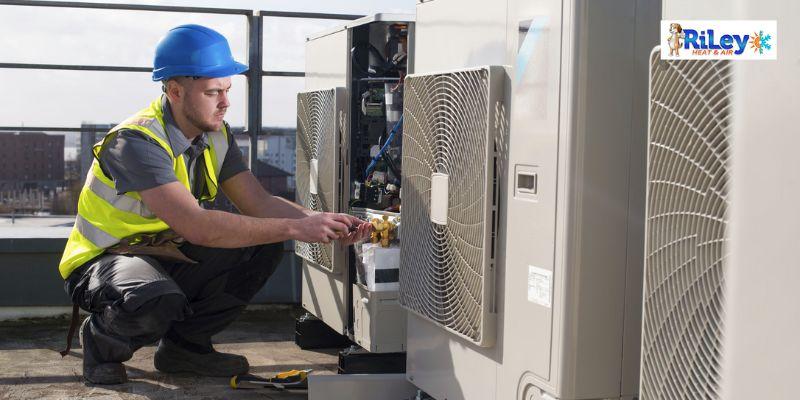
5 rules for efficient ac installation
Installing an air conditioning unit is a critical task. While most homeowners try to do it themselves, it is best to use professional help when considering an AC unit installation. Professionals have the proper tools and training required to do an adequate job, and proper installation can prolong the air conditioner's lifespan. Aside from determining the AC unit installation, proper installation can provide an appropriate cooling level for the AC and improve its durability.
Efficient air conditioner installation can help you obtain the maintenance and services of the manufacturer's warranty. While it is the duty of a professional to install an air conditioning unit, the AC user must know specific rules or guidelines for installing the team effectively. The rules are seen here:
1. Determine the place of installation

Determine the location of your air conditioner before hanging it. The exact location should be for both outdoor and indoor units. Therefore, when choosing an outdoor area, ensure it aligns with the indoor placement. If you install it poorly, your air conditioner can be in a location that causes the cooling to become ineffective or cool to the point of freezing.
Poor installation can also cause an increase in your energy bills. If it is ineffective, your air conditioner can work hard to cool different parts of the house. On the other hand, it can use too much energy if the intensity is too high. Your HVAC specialist can know the exact placement that will determine proper cooling.
2. Wall strength to hold the air conditioning unit
After finding the perfect location for your air conditioning unit to hang and disperse cool, clean air, ensure that your wall is strong enough to hold the indoor AC unit. While the AC unit runs, it produces a mild vibration that can dislodge the air conditioner from the wall over time if you have fixed it poorly. When you hire a professional to do the job, the installation is perfected to endure vibrations from the outdoor unit.
3. Appropriate spacing between the wall and the air conditioning unit

According to a qualified HVAC specialist, the top and side perimeters of the indoor split air conditioning unit have up to 10 to 15 centimeters of accessible space. The open space allows appropriate air to flow into the unit. If the airflow is obstructed, it can be easier for the unit to force out warm air. When your cooling system struggles to operate, it increases energy bills. Also, excessive force to expel warm air can cause damage to the compressor.
4. Proper height of indoor unit installation from ground level
If you want optimum cooling and your room is high, up to 10 ft off ground level, professionals suggest the installation of an air conditioning unit 7 to 8 ft off the ground. Installing your air conditioning unit allows cool air to disperse properly into all areas of the room. Taking the installation 8 feet above ground keeps the air conditioner from overheating. When the air conditioner installation is inappropriate, it can cool the hot roof, increasing your utility bills.
5. Correct location angle of the outdoor unit
Because a split air conditioning unit requires open space on the outside, the location angle of the AC unit is critical. For example, if you live in a large house with balconies and terraces, your outdoor unit should have its angular location behind the edge of the wall or Pari slabs. When installing, ensure that the location is secure and safe in a way that makes it easy for you to access your air conditioning service and AC installation.
Finding a location in an open space allows air to flow without restrictions. This can be good for your AC condenser and compressor as they become free to run smoothly. However, when installing your outdoor unit, ensure it is not facing the sunlight, as it can be bad for the unit. If you do not have a terrace, you can utilize an outdoor space with a thick and robust wall to help you hold the weight of the external unit without stopping air from flowing.
One of the essential rules for installing an outdoor unit is keeping it in a flat area. Your outdoor unit carries or protects the vital components of your AC unit, such as the condenser and the compressor. Also, the outdoor unit produces vibration during operation. If the unit is not installed on a flat surface, continuous vibrational movements can cause condenser or compressor damage.
You will likely run your air conditioning unit more consistently during the hot summer months. If you use your AC unit daily and your outdoor unit is on a flat surface, its components will remain intact. Your air conditioning problem will start once there is damage to your condenser and compressor. The problem can cause the unit to increase your energy costs, or it can break down, requiring a complete replacement.
Why should you follow some rules for proper installations?
- When you install your AC unit correctly, it ensures appropriate cooling. Also, cooling will be balanced.
- A properly installed air conditioner allows the unit to run smoothly.
- Correct installation helps the unit draw moderate energy, decreasing your energy utility.
- Proper installation of air conditioning units ensures a reduction in maintenance costs and AC services.
- Proper installation can enhance the lifespan of your air conditioning unit.
Conclusion
The longevity of an air conditioning unit can be determined by its proper installation. The distance between the outdoor and indoor unit can also play a vital role in the smooth running of an air conditioning unit. One of the essential rules of AC installation is hiring a professional with experience to do the job. If you try to do it yourself, you can be at risk of incorrect installation or even hurting yourself.







COMMENTS